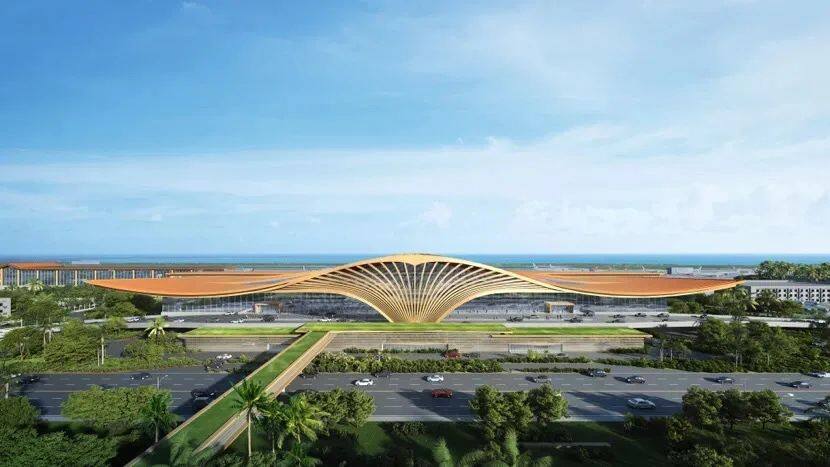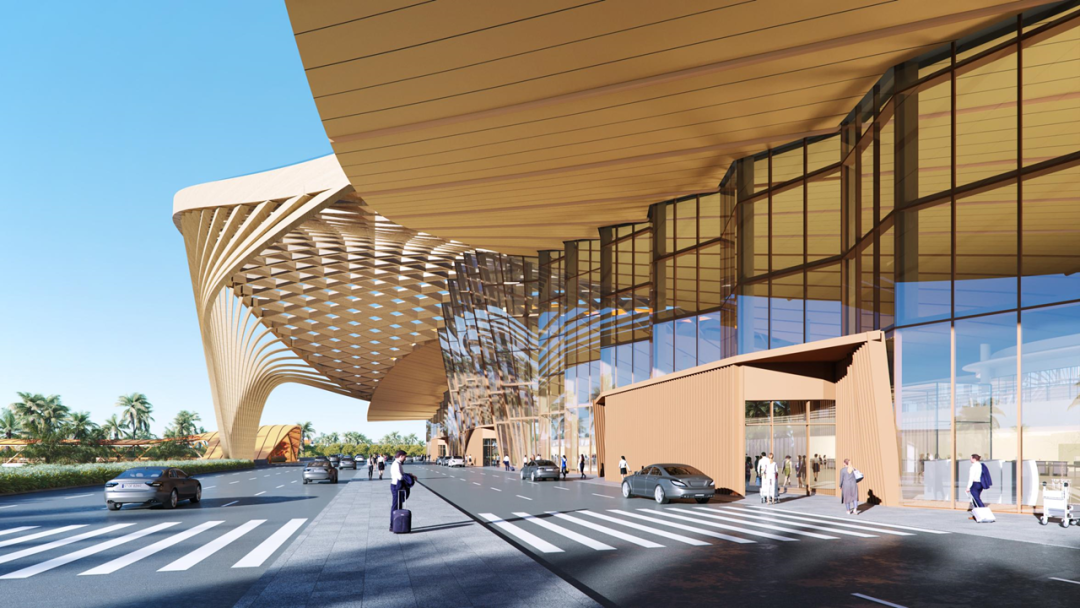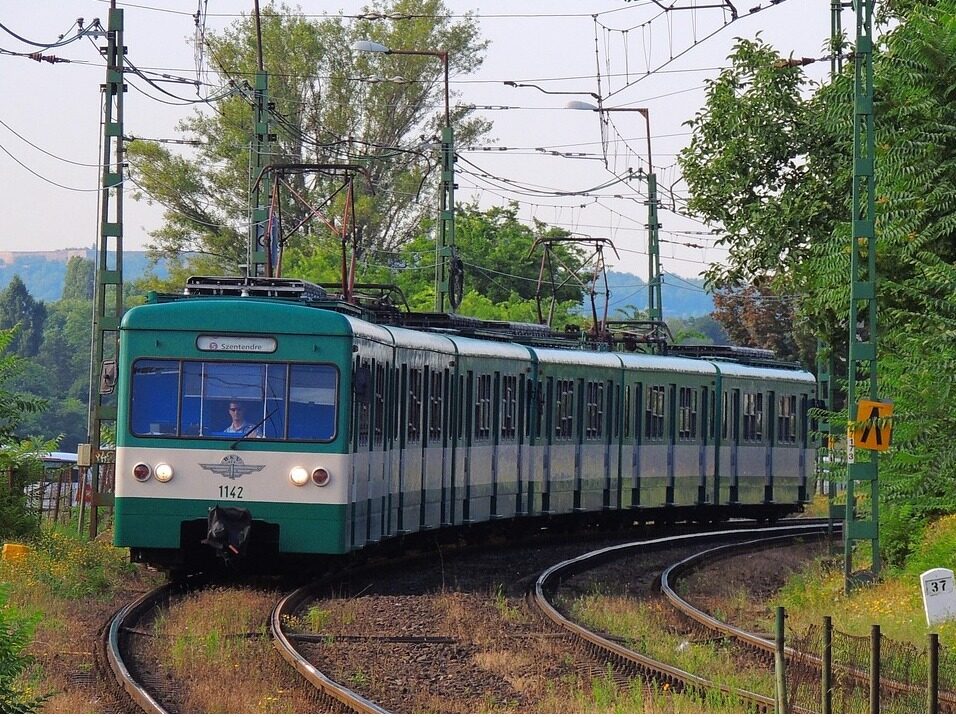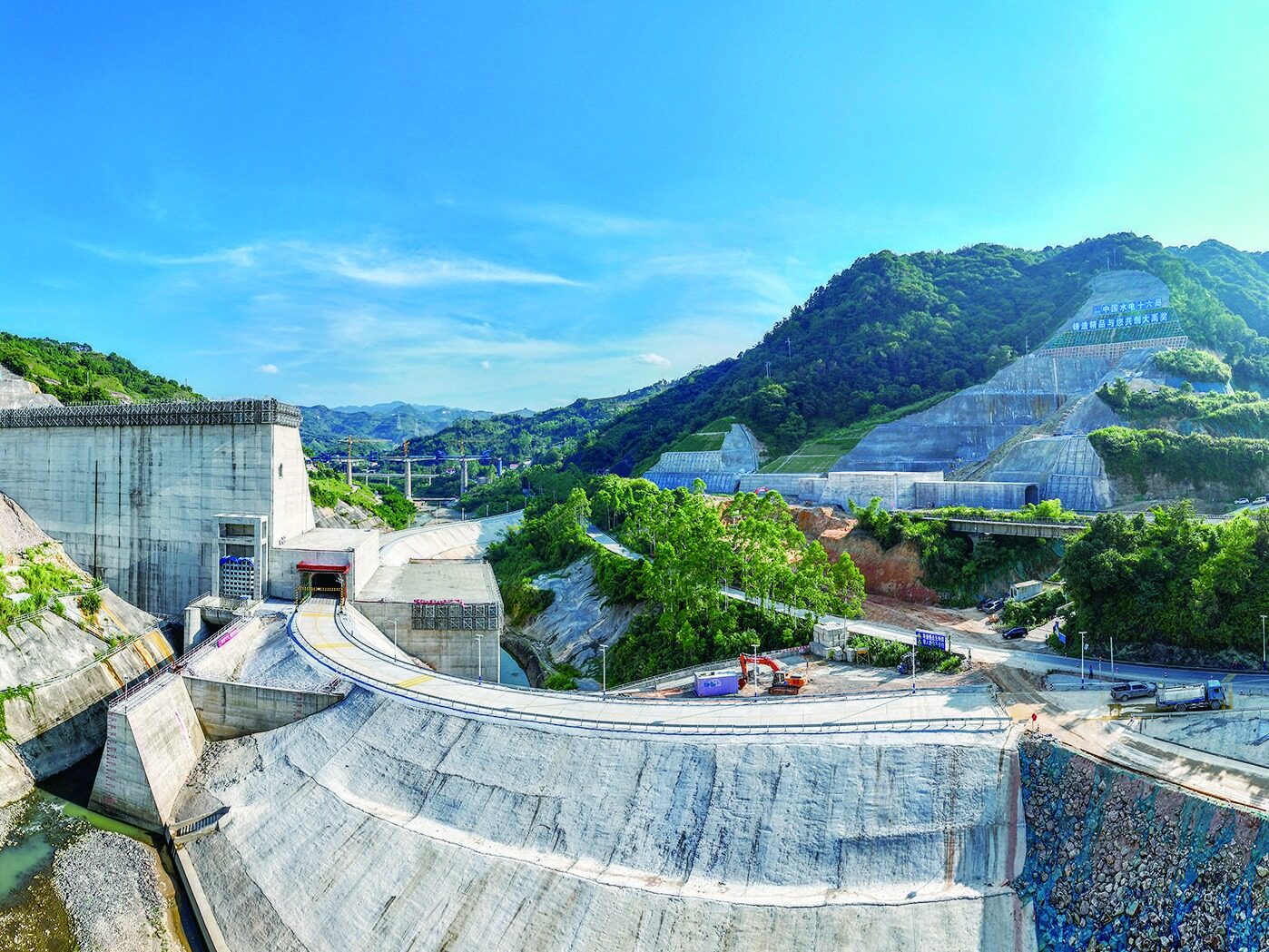- Hainan prefabricated buildings contribute to green development and the construction of the the Belt and Road
At the construction site of the Phase III project of Phoenix International Airport in Sanya, Hainan, the crane is accurately lifting prefabricated building components to the designated location for splicing. Unlike traditional construction sites, there are no large-scale concrete mixing operations here, making the construction site more environmentally friendly, low-carbon, and efficient. This is a vivid epitome of prefabricated construction in Hainan Province.

The development of prefabricated buildings is one of the landmark projects in the construction of Hainan National Ecological Civilization Experimental Zone, and it is also an important support for achieving the "dual carbon" goal. According to the plan, by 2025, the proportion of newly constructed prefabricated buildings in Hainan will exceed 80%. The Department of Housing and Urban Rural Development of Hainan Province revealed that by 2024, the proportion of prefabricated buildings in Hainan has exceeded 75%.

Ma Hongrui, Chief Service Officer of the Cross Harbour Development Zone, introduced that prefabricated buildings have achieved a leap from traditional on-site pouring construction to industrial manufacturing. Prefabricated building components are manufactured in the factory and transported to the construction site, where construction personnel assemble and construct them according to the design drawings. The Cross Harbour Development Zone has become the largest new construction industry park in Hainan, with over 200 home decoration and construction enterprises, including 46 physical manufacturing factories.

Cao Zhiyong, Executive General Manager of China Railway Construction Construction Construction Development (Hainan) Co., Ltd., stated that the company uses Building Information Modeling (BIM) technology to process products, making component manufacturing precise to the millimeter level, reducing building material waste and carbon emissions. Xu Miao, Marketing Director of Longqing Southeast (Hainan) Green Building Co., Ltd., pointed out that prefabricated steel components use green and low-carbon building materials, with high transportation efficiency and recyclability, further reducing carbon emissions.
Hainan gives full play to its advantages as a free trade port, supports construction enterprises and logistics enterprises to "go global", and actively participates in the construction of the the Belt and Road. The prefabricated commodity components produced by the Cross Harbour Development Zone have been exported to countries such as Singapore, Cambodia, and Saudi Arabia. Ma Hongrui stated that the development zone is accelerating the construction of import and supporting engineering projects, which will significantly reduce the cost of raw material procurement and finished product transportation for enterprises after completion.
To expand the international market, the Cross Harbour Development Zone has led park enterprises to establish multiple overseas product sales expansion groups, helping park products to "go global". The development of Hainan's prefabricated building industry has not only promoted the progress of green building technology, but also contributed to the construction of the the Belt and Road. (This article is from the official website of Jian Dao www.seetao.com. Reproduction without permission is prohibited, otherwise it will be prosecuted. Please indicate Jian Dao website+original link when reprinting.) Jian Dao website strategy column editor/Wu Juan
Comment
 Praise
Praise
 Collect
Collect
 Comment
Comment
 Search
Search














Write something~